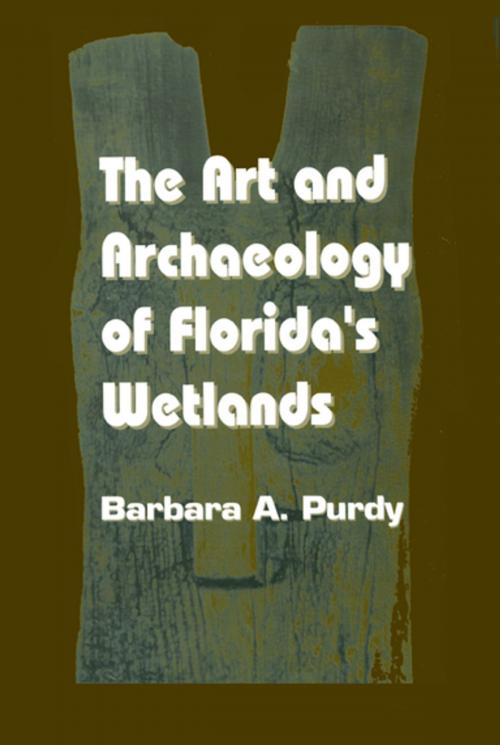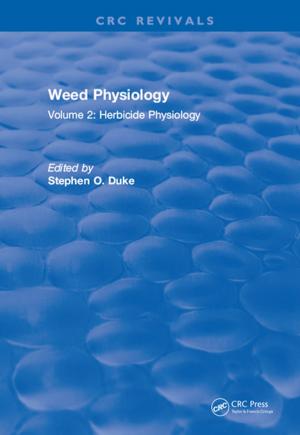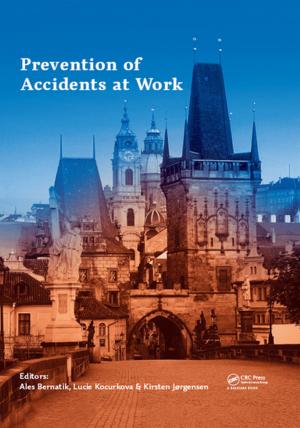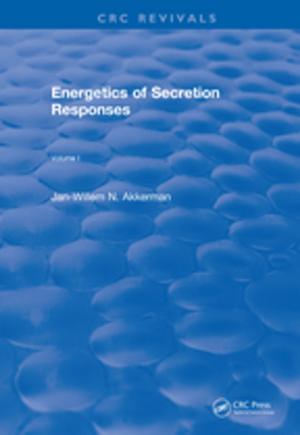The Art and Archaeology of Florida's Wetlands
Nonfiction, Social & Cultural Studies, Social Science, Archaeology| Author: | BarbaraA. Purdy | ISBN: | 9781351411349 |
| Publisher: | CRC Press | Publication: | December 6, 2017 |
| Imprint: | Routledge | Language: | English |
| Author: | BarbaraA. Purdy |
| ISBN: | 9781351411349 |
| Publisher: | CRC Press |
| Publication: | December 6, 2017 |
| Imprint: | Routledge |
| Language: | English |
Waterlogged archaeological sites in Florida contain tools, art objects, dietary items, human skeletal remains, and glimpses of past environments that do not survive the ravages of time at typical terrestrial sites. Unfortunately, archaeological wet sites are invisible since their preservation depends upon their entombment in oxygen-free, organic deposits. As a result, they are often destroyed accidentally during draining, dredging, and development projects. These sites and the objects they contain are an important part of Florida's heritage. They provide an opportunity to learn how the state's earliest residents used available resources to make their lives more comfortable and how they expressed themselves artistically. Without the wood carvings from water-saturated sites, it would be easy to think of early Floridians as culturally impoverished because Florida does not have stone suitable for creating sculptures.
This book compiles in one volume detailed accounts of such famous sites as Key Marco, Little Salt Spring, Windover, Ft. Center, and others. The book discusses wet site environments and explains the kinds of physical, chemical, and structural components required to ensure that the proper conditions for site formation are present and prevail through time. The book also talks about how to preserve artifacts that have been entombed in anaerobic deposits and the importance of classes of objects, such as wooden carvings, dietary items, human skeletal remains, to our better understanding of past cultures. Until now this information has been scattered in obscure documents and articles, thus diminishing its importance. Our ancestors may not have been Indians, but they contributed to the state's heritage for more than 10,000 years. Once disturbed by ambitious dredging and draining projects, their story is gone forever; it cannot be transplanted to another location.
Waterlogged archaeological sites in Florida contain tools, art objects, dietary items, human skeletal remains, and glimpses of past environments that do not survive the ravages of time at typical terrestrial sites. Unfortunately, archaeological wet sites are invisible since their preservation depends upon their entombment in oxygen-free, organic deposits. As a result, they are often destroyed accidentally during draining, dredging, and development projects. These sites and the objects they contain are an important part of Florida's heritage. They provide an opportunity to learn how the state's earliest residents used available resources to make their lives more comfortable and how they expressed themselves artistically. Without the wood carvings from water-saturated sites, it would be easy to think of early Floridians as culturally impoverished because Florida does not have stone suitable for creating sculptures.
This book compiles in one volume detailed accounts of such famous sites as Key Marco, Little Salt Spring, Windover, Ft. Center, and others. The book discusses wet site environments and explains the kinds of physical, chemical, and structural components required to ensure that the proper conditions for site formation are present and prevail through time. The book also talks about how to preserve artifacts that have been entombed in anaerobic deposits and the importance of classes of objects, such as wooden carvings, dietary items, human skeletal remains, to our better understanding of past cultures. Until now this information has been scattered in obscure documents and articles, thus diminishing its importance. Our ancestors may not have been Indians, but they contributed to the state's heritage for more than 10,000 years. Once disturbed by ambitious dredging and draining projects, their story is gone forever; it cannot be transplanted to another location.















